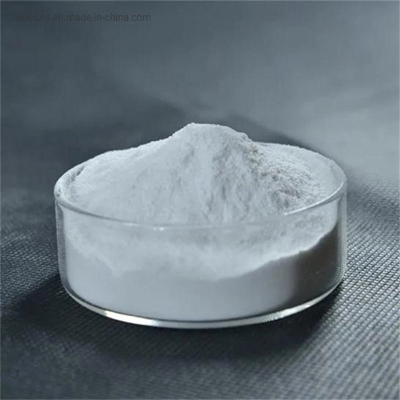Dihydroartemisinin induced apoptosis of hepatoma cells
-
Last Update: 2012-07-09
-
Source: Internet
-
Author: User
Search more information of high quality chemicals, good prices and reliable suppliers, visit
www.echemi.com
The morbidity and mortality of liver cancer are the top five of all cancers, and the research community has been focusing on the development of new strategies for the treatment of liver cancer Artemisinin is one of the most efficient and low toxic antimalarial drugs isolated from Artemisia annua Artemisinin contains a unique peroxides bridge, which can react with ferrous ions to form oxygen free radicals, induce cell molecular damage and cell death, or damage cell structure and function through direct oxidation, leading to cell death Dihydroartemisinin (DHA) is the main metabolite of artemisinin in vivo Compared with artemisinin, DHA has better water solubility and antimalarial effect In recent years, studies have shown that dihydroartemisinin (DHA) has antitumor activity on liver cancer In a recent study published in the Journal plosone, scientists have proved that HDACi can significantly enhance the antitumor effect of DHA by increasing apoptosis of tumor cells in vitro and in vivo DHA induced apoptosis was attributed to the inhibition of ERK phosphorylation PD98059 combined with ERK phosphorylation inhibitor can increase the effect of DHA induced apoptosis Compared with DHA alone, DHA combined with HDACi can reduce the mitochondrial membrane potential, release cytochrome c into the cytoplasm, increase the expression of p53 and Bak, reduce the expression of Mcl-1 and p-ERK, and increase the activation of Caspase-3 and PARP, all of which can induce tumor cell apoptosis In addition, HDACi pretreatment was found to be beneficial to DHA induced apoptosis In the model of HepG2 cells in nude mice, DHA and Saha can inhibit the growth of tumor significantly The results of TUNEL and H & E staining showed that the combined therapy could induce apoptosis of tumor cells Immunohistochemistry data showed that PARP was activated and Ki-67, p-ERK and Mcl-1 expression decreased In conclusion, the data suggest that the combination of HDACi and DHA may be a promising therapeutic strategy for hepatocarcinoma.
This article is an English version of an article which is originally in the Chinese language on echemi.com and is provided for information purposes only.
This website makes no representation or warranty of any kind, either expressed or implied, as to the accuracy, completeness ownership or reliability of
the article or any translations thereof. If you have any concerns or complaints relating to the article, please send an email, providing a detailed
description of the concern or complaint, to
service@echemi.com. A staff member will contact you within 5 working days. Once verified, infringing content
will be removed immediately.







